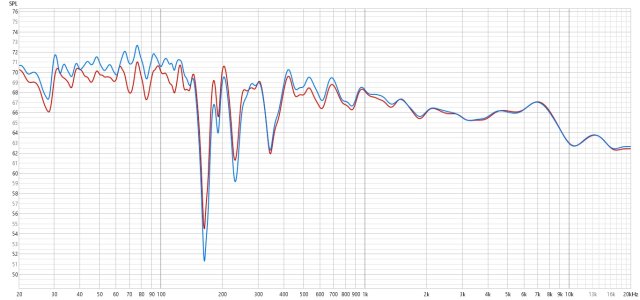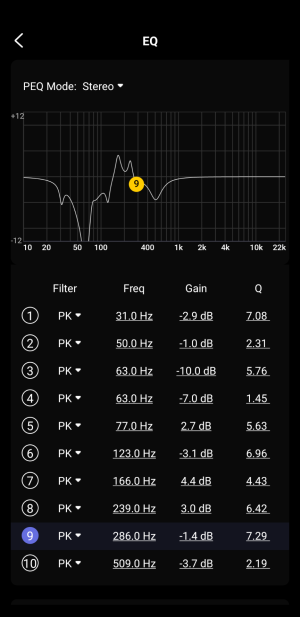That's
exactly what I think is one core problem at the moment and the reason that we see things like e.g. this:
View attachment 17318
A +4 dB "Peak" filter with a Q of just 0.1! What this really does is simply boosting almost the entire frequency range chosen for correction (33 Hz to 3300 Hz in this case). Let's watch this isolated from the other filters:
View attachment 17319
This is from a stereo "calibration". I'm pretty sure that an incorrectly determined average SPL is the root cause. In particular it looks like the typical silly peak between 8 kHz and 16 kHz found with most smartphone measurements might have been taken into account, although it is far outside the correction range.
I still have to think about how independent L/R "calibration" can be affected under different conditions. How likely is a full range channel imbalance of e.g. 2 dB? I agree that this should be taken care of first, but how should automaiRC approach this? A sort of imbalance over a wide frequency range (but not necessarily the full range) is probably more likely.


